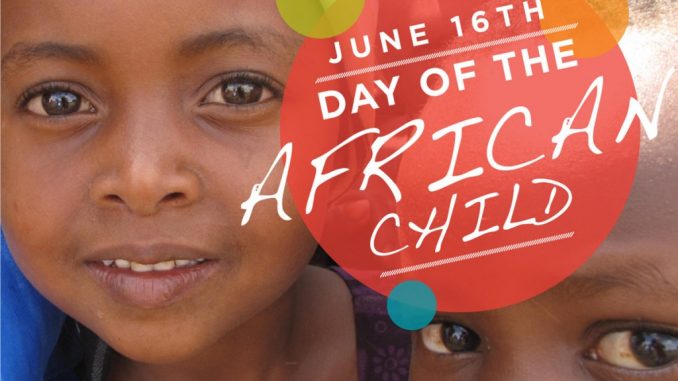 Accelerating change
Accelerating change
World Water Day 2023 is about accelerating change to solve the water and sanitation crisis.
Dysfunction throughout the water cycle undermines progress on all major global issues, from health to hunger, gender equality to jobs, education to industry, and disasters to peace.
In 2015, the world committed to Sustainable Development Goal (SDG) 6 as part of the 2030 Agenda – the promise that everyone would have safely managed water and sanitation by 2030.
Right now, we are seriously off-track.
Billions of people and countless schools, businesses, healthcare centers, farms, and factories are being held back because their human rights to water and sanitation still need to be fulfilled.
There is an urgent need to accelerate change – to go beyond ‘business as usual.’
The latest data show that governments must work on average four times faster to meet SDG 6 on time, but this is not a situation that any single actor or group can solve.
Water affects everyone, so we need everyone to take action.
Did you know?
- 1.4 million people die annually and 74 million will have their lives shortened by diseases related to poor water, sanitation and hygiene. (WHO 2022)
- Today, 1 in 4 people – 2 billion people worldwide – lack safe drinking water. (WHO/UNICEF 2021)
- Almost half of the global population – 3.6 billion people – lack safe sanitation. (WHO/UNICEF 2021)
- Globally, 44 per cent of household wastewater is not safely treated. (UN-Water 2021)
- Global water demand (in water withdrawals) is projected to increase by 55 per cent by 2050. (OECD 2012)


 The Day of the African Child has been celebrated on June 16 every year since 1991, when it was first initiated by the OAU
The Day of the African Child has been celebrated on June 16 every year since 1991, when it was first initiated by the OAU 
 International Human Solidarity Day is:
International Human Solidarity Day is:
 With as many as 640 million guns circulating in the world today, approximately one per every ten persons, the fear of and threat to civilians posed by small arms and light weapons (SALW) cannot be overstated. With this in mind, governments, international organization and NGOs around the world mark 9 July as the International Gun Destruction Day.
With as many as 640 million guns circulating in the world today, approximately one per every ten persons, the fear of and threat to civilians posed by small arms and light weapons (SALW) cannot be overstated. With this in mind, governments, international organization and NGOs around the world mark 9 July as the International Gun Destruction Day.